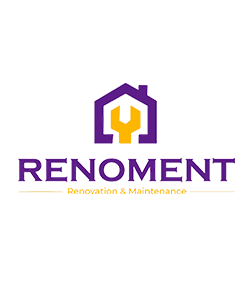Artificial Intelligence in the Construction Industry trends: Adoption, Benefits, and Risks
In recent years, theConstruction Industry trends has begun to embrace artificial intelligence (AI) as a transformative technology with the potential to revolutionize traditional processes. From project planning to execution, AI offers a plethora of benefits while also presenting unique challenges and risks. Let’s explore the adoption, benefits, and risks of AI in the construction sector.
Adoption of AI in Construction
1.1 Increasing Interest and Investment
Despite initial hesitations, there’s a growing trend of adoption of AI technologies within the construction industry. Companies are investing in AI-driven solutions to enhance efficiency, reduce costs, and improve project outcomes.
1.2 Integration into Existing Workflows
AI tools and platforms are being seamlessly integrated into existing construction workflows, enabling stakeholders to leverage AI-driven insights and automation at various stages of a project’s lifecycle.
Benefits of AI in Construction
2.1 Enhanced Project Planning and Design
AI algorithms analyze vast datasets to optimize project planning and design, leading to more efficient use of resources, improved productivity, and better risk management.
2.2 Improved Safety and Risk Mitigation
AI-powered sensors and predictive analytics help identify potential safety hazards and mitigate risks on construction sites, enhancing worker safety and reducing the likelihood of accidents.
2.3 Automation of Routine Tasks
AI-driven robots and drones automate routine tasks such as site inspections, surveying, and material handling, accelerating project timelines and reducing labor costs.
Risks and Challenges of AI in Construction
3.1 Data Security and Privacy Concerns
The collection and analysis of vast amounts of project data raise concerns about data security and privacy. Safeguarding sensitive information from cyber threats and unauthorized access is a significant challenge in AI adoption.
3.2 Integration Complexity
Integrating AI technologies into existing construction workflows requires significant time, resources, and expertise. Overcoming interoperability challenges and ensuring seamless integration across different systems and platforms is a key consideration.
3.3 Skills Gap and Workforce Training
The widespread adoption of AI in construction necessitates upskilling and reskilling of the workforce to effectively leverage AI-driven tools and technologies. Bridging the skills gap and providing adequate training programs are essential for successful AI implementation.
Future Construction Industry trends
and Innovations
4.1 Integration of IoT and AI
The convergence of the Internet of Things (IoT) and AI holds immense potential for the construction industry. IoT sensors embedded in construction equipment and structures collect real-time data, which AI algorithms analyze to optimize performance, maintenance, and safety.
4.2 Augmented Reality (AR) for Visualization
AR technology enables stakeholders to visualize construction projects in immersive virtual environments. From design reviews to on-site assembly instructions, AR enhances collaboration, reduces errors, and improves project communication.
Conclusion
In conclusion, AI holds immense promise for transforming the Construction Industry trends, offering numerous benefits ranging from enhanced efficiency and safety to improved project outcomes. However, the adoption of AI also presents challenges and risks, including data security concerns, integration complexity, and workforce training needs. Addressing these challenges will be crucial in realizing the full potential of AI in construction and ensuring its sustainable integration into the industry’s practices.

